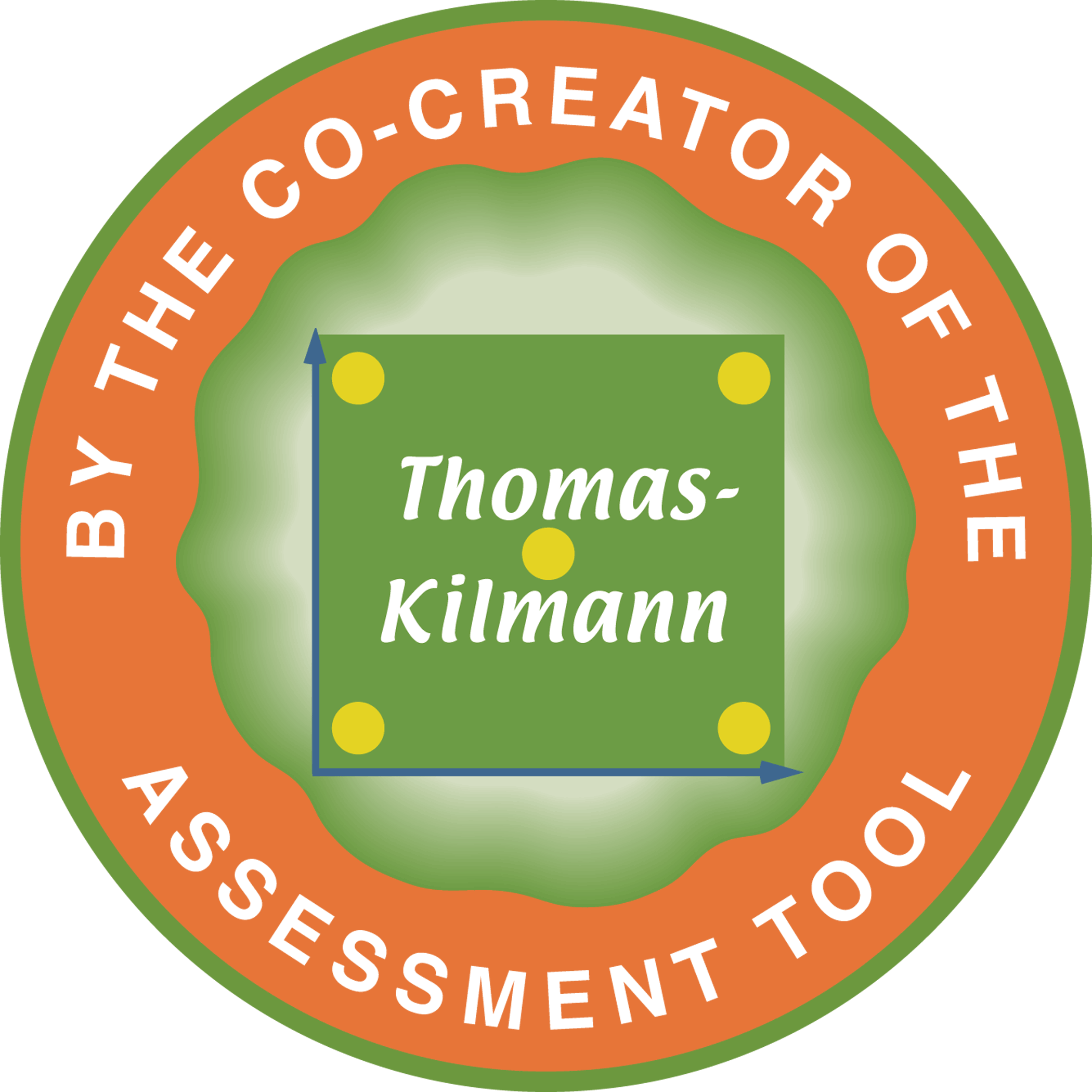08 Jan Past and Future Trends in Change Management
Ralph H. Kilmann, co-author of the Thomas-Kilmann Instrument (TKI)
Take some quiet time to reflect on how approaches to achieve organizational success have evolved since the industrial revolution, particularly with regard to the progression of human skills that have been sought after, brought into the workplace, and then rewarded if used to accomplish the organization’s goals.

In the old days, before the 1900s, it was mostly a person’s physical skills that were brought into the workplace…skills for manual labor, coupled with various tools and machines. Indeed, signs that were posted to recruit workers proclaimed: “Hands for Hire.” The organization’s systems and processes attempted to make the best use of every member’s physical skills.
Then in the 1930s, researchers in the famous Hawthorne studies “discovered” that people were not just physical beings but were also social beings, and, as such, people had social needs along with social skills. By encouraging people to engage in conversation in the workplace and to be part of an interactive work group or team, it seemed that people would be highly motivated to contribute their physical skills in the workplace.
Then in the early 1950s, especially with Tavistock Institute’s research on socio-technical systems, it was discovered that any new technology that inadvertently broke up existing work groups, and thereby destroyed the social fabric in the workplace, could not realize its financial potential. Instead, new technologies in the workplace had to respect people’s needs for social contact and interaction. In fact, by purposely designing existing work groups AROUND the new technologies, organizations soon learned that the projected potential of new technologies would indeed be realized.
By the 1960’s, besides organization’s hiring people with greater technical knowledge and social skills, employees were now being asked to use their minds, their cognitive skills, to a much greater extent than ever before—for gathering information, analyzing a problem situation, developing solutions, implementing solutions, and then evaluating outcomes.
By the 1990s, organizations now faced dynamic complexity, meaning that problems had become much more complex and dynamic, due to a fast-paced, interconnected world economy. As such, people were being brought into the workplace because of their critical thinking skills: skills that involved having to first define a complex problem correctly, often participating in cross-functional project teams, before good solutions could be developed, implemented, and evaluated.
As you can see, in less than 100 years, organizations had evolved from relying primarily on a person’s physical strength and dexterity to now hiring employees to manage highly complex problems with the latest computer hardware and software. As employees brought more of themselves into the workplace, they also expected a high-quality work environment in exchange for their skills, knowledge, and experience. Programs to improve worker engagement and employee empowerment became more popular as organizations sought to motivate their members who now had much more to offer than ever before. Organizations learned—the hard way—that they had to provide intrinsic as well as extrinsic rewards, or they were destined to lose their best employees to other companies who had learned how to make effective use of a broader range of employee’s skills, coupled with their higher expectations for an engaging and rewarding work life.
Now in the 2020s, especially sparked by the recent COVID pandemic, the notion of a “global village” will mean much more than just economic and political interdependency across geographical and national boundaries. A shared consciousness will be the foundation for a single, collective perspective that proclaims: “We are all in this together, so let’s act accordingly!” Economic, political, hunger, and heath problems will eventually be approached with a radically different paradigm—with a worldview based on unity consciousness, which is shared by a critical mass of citizens across the globe.
As such, the future of change management is to help organizations create the systems and processes that will recruit self-aware participants who are prepared to bring ALL their mind/body/spirit consciousness into the workplace, and thus become active participants in healing the planet, if not enlightened participants, who are able (as supported by the organization’s systems and processes) to engage in the most creative, compassionate, and spiritual manner, along with the use of all their physical, social, technical, and cognitive skills in order to address the wicked problems that now face our highly interdependent organizations in our increasingly interdependent world.
Kilmann Diagnostics offers a series of eleven recorded online courses and nine assessment tools on the four timeless topics: conflict management, change management, consciousness, and transformation. By taking these courses and passing the Final Exams, you can earn your Certification in Conflict and Change Management with the Thomas-Kilmann Instrument (TKI). For the most up-to-date and comprehensive discussion of Dr. Kilmann’s theories and methods, see his 2021 Legacy Book: Creating a Quantum Organization: The Whys & Hows of Implementing Eight Tracks for Long-term success.




